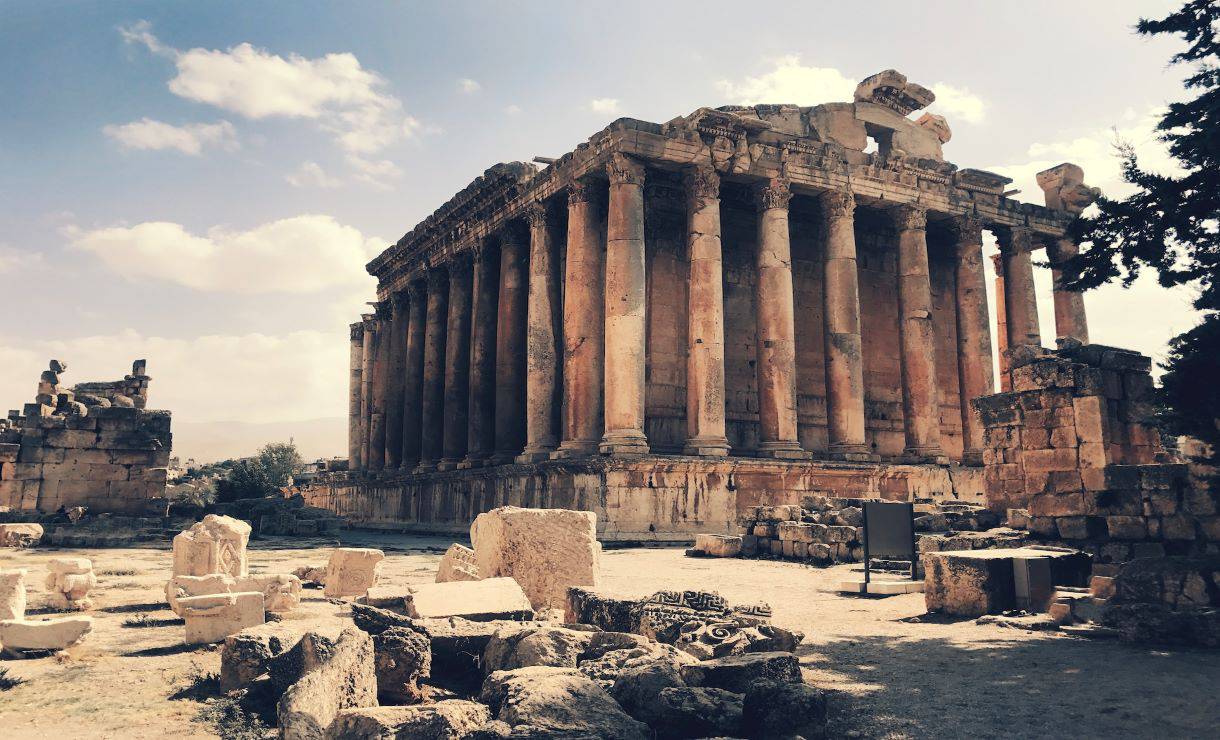Middle Eastern country Lebanon is independent. A common name for it is the Lebanese Republic. Its boundaries are shared by nations like Syria, Israel, and Cyprus. Lebanon is thought to be the smallest nation in the entire Asian continent. It features a stunning coastline that you can never grow weary of and also has a well-known metropolis, chic Beirut. Lebanese cuisine, which is native to Lebanon, is one that we have all tried in a variety of forms at some point. The nation is full of peaceful charm and at times, seclusion, and is both old and modern.
In Lebanon, there are many shopping centers to choose from. There are classic souks, though, where you may readily buy souvenirs. There are also cute little shops here that sell a variety of styles and home decor. You can even find tiny arts and crafts shops selling lovely things like ethnic clothing, ceramics, soaps, and more if you look hard enough.
The Byblos Festival, Baalbeck International Festival, Al Bustan International Festival of Music and the Arts, Workers' Day, Tyre and South Festival, Eid-al-Fitr, Beiteddine Arts Festival, and Zouk Mikael International Festival are just a few of the significant festivals held in Lebanon.
In the past, there have been many changes to Lebanese culture. Today, society is very focused on the family. The populace is outgoing rather than reclusive. Since religion plays a significant role in everyone's lives, it is highly revered and should never be made fun of. The Lebanese practice several different religions. Muslims are the most prevalent religious group, followed by Christians and Druze. Lebanon's official tongue is Arabic. French is their second language, followed by English.
There are five regions in Lebanon. Mount Lebanon, North Lebanon, Bekaa, South Lebanon, and Jabal Amel are all in Lebanon. The largest city and capital of the nation are Beirut. The Bekaa region, known as Lebanon's 'bread basket,' is a must-see for its wines and agricultural way of life.
Adventure seekers will enjoy Mount Lebanon's snow-capped summits and rugged terrain for motorcycling. While South Lebanon offers archaeological wonders in the form of ancient biblical sites and ruins, North Lebanon is full of historical landmarks and is home to a stunning ski resort.
Ancient Lebanon
Lebanon has a rich and complex history, with evidence of human habitation in the region dating back to over seven thousand years. The area was home to the Canaanites and the Phoenicians, and the maritime culture thrived for almost a thousand years (1550-539 BC). In 64 BC, the country came under Roman Empire rule and became one of the leading Christianity centers.
During this era, the Maronite Church, which followed a monastic tradition, was founded in the Mount Lebanon range. The Arab Muslim conquered the region, however the Maronites managed to maintain their religious identity. Another religious group, the Druze, was also established in Mount Lebanon and lasted for centuries. The Maronites were able to re-establish ties with the Roman Catholic Church during the Crusades and reaffirmed their communion with Rome. These relationships with the Latins have had a lasting impact on the country through modern times.
Middle Ages
In the 7th century CE, Arab armies conquered Lebanon and introduced Islam, which gradually spread throughout the region. The area was later ruled by various Islamic empires, including the Umayyad, Abbasid, and Fatimid caliphates.
Lebanon became part of the Ottoman Empire in the 16th century and remained under Ottoman rule until the end of World War I. Following the war, Lebanon was placed under a French mandate, which lasted until 1943, when the country gained independence.
Lebanese Civil War
Lebanon's post-independence period was marked by political and religious tensions, which erupted into a civil war that lasted from 1975 to 1990. Since the end of the war, Lebanon has struggled to rebuild and maintain political stability, facing challenges such as sectarianism, political corruption, and economic difficulties.
- National Museum of Beirut
- Jeita Grotto
- Byblos
- Mohammad Al Amin Mosque
- Baalbek
- Pigeon Rocks
- Zaitunay Bay
- Baatara Gorge Waterfall
- Beiteddine Palace
The best time to visit Lebanon is during spring season which is from March to May.
The currency used in Lebanon is the Lebanese Pound or Lira (£L or LBP).
Bkassine is the prettiest in Lebanon which is surrounded by pine trees and lush nature. It has received a heritage award from the National Institute.
You need 3 days to visit Lebanon.
The best way to explore Lebanon is by hiring a car and a guide for a road trip.
 Best time to visit
Best time to visit Language Spoken
Language Spoken Weather
Weather